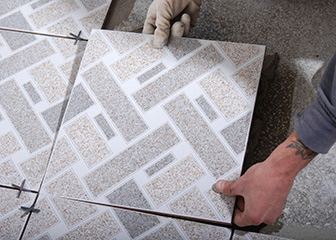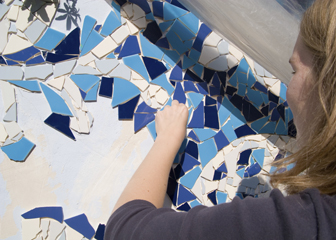Summary

| Quick Facts: Tile and Marble Setters | |
|---|---|
|
$38,110 per year
$18.32 per hour |
|
| Less than high school | |
| None | |
| Long-term on-the-job training | |
| 58,700 | |
| 25% (Faster than average) | |
| 14,900 | |
What Tile and Marble Setters Do
Tile and marble setters apply hard tile, marble, and wood tiles to walls, floors, and other surfaces.
Work Environment
Installing tile and marble is labor intensive, and workers spend much of their time bending, kneeling, and reaching. Although the occupation is not as dangerous as some other construction trades, workers still experience a high rate of injuries and illnesses.
How to Become a Tile and Marble Setter
Although some tile and marble setters learn their trade through a formal apprenticeship, most learn on the job, starting as a helper.
Pay
The median annual wage of tile and marble setters was $38,110 in May 2010.
Job Outlook
Employment of tile and marble setters is projected to grow 25 percent from 2010 to 2020, faster than the average for all other occupations. Population growth and business growth, coupled with the increasing popularity of tile and marble, are the key factors in the demand for workers. Overall job prospects should improve in the coming decade as construction activity rebounds from the recent recession.
Similar Occupations
Compare the job duties, education, job growth, and pay of tile and marble setters with similar occupations.
O*NET
O*NET provides comprehensive information on key characteristics of workers and occupations.
Contacts for More Information
Learn more about tile and marble setters by contacting these additional resources.









